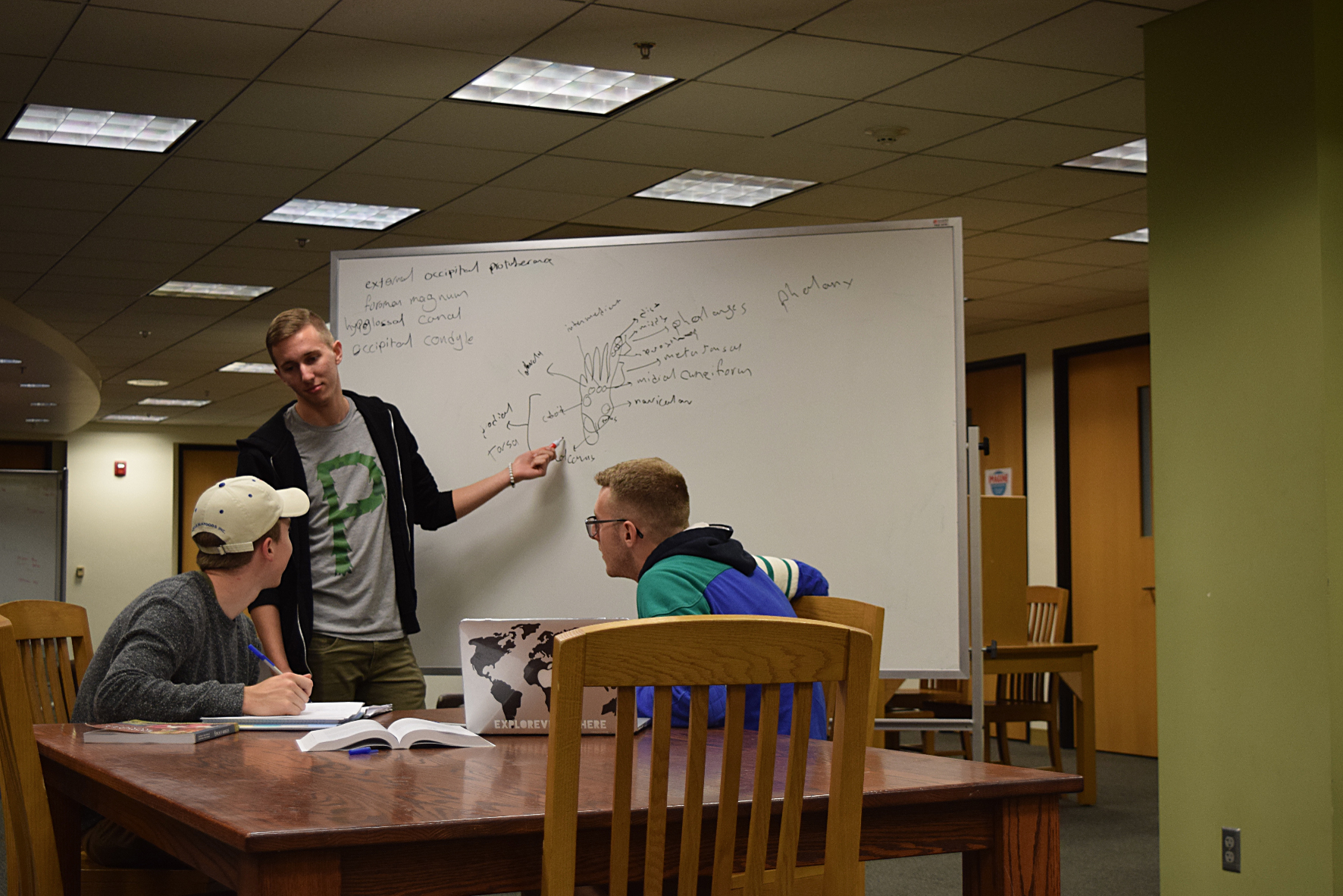An Oregon electronics manufacturer has agreed to make advanced circuit boards for rockets for the Portland State Aerospace Society, putting the student group one step closer to realizing its goal of launching a rocket into space.
Local company gives Aerospace Society boost
An Oregon electronics manufacturer has agreed to make advanced circuit boards for rockets for the Portland State Aerospace Society, putting the student group one step closer to realizing its goal of launching a rocket into space.
The electronics manufacturer Screaming Circuits will sponsor the Aerospace Society by putting advanced electronic components on their circuit boards, said Duane Benson, the company’s marketing manager.
“We want to help organizations that are advancing unique technology,” Benson said. “They [Aerospace Society] are taking a real professional approach.”
The advanced components will make it possible for a rocket to be steered with guidance and navigational systems that will guide a rocket through the air, said Bart Massey, PSU professor and faculty adviser for the Aerospace Society.
Having these components in circuit boards was not previously possible because members have had to solder circuit boards themselves in past years, Massey said.
Soldering, a process used to bond copper wires to a circuit board, requires a microscope or a magnifying glass when done by hand.
Screaming Circuits uses robotic machinery to attach one four-thousandth of an inch components to circuit boards, the same size components the Aerospace Society will use when building future rockets, said the group’s project manager Andrew Greenberg. Working with electronics that small is impossible to do by hand, he said.
Circuit boards have gained significantly more wires in the past 30 years, Massey said, with the boards typically having between 300 and 400 wires. The only viable way to connect to these wires is to use a machine, he said.
“Things got harder because parts got smaller,” said Massey. “In the old, old days, a little chip would have big metal sockets with 16 wires coming out.”
Massey said the group is focusing on testing and making improvements to their navigational and guidance systems on smaller rocket models before applying the technology to larger, more costly models.
“Right now the rockets are basically scaled small,” said Massey. “It was a great platform for testing navigation and guidance systems.”
Massey said the group will not be able to launch a rocket into orbit anytime soon, because the group still has to create larger rocket designs and work out required regulatory issues before undertaking such a test.
“Most governments aren’t too excited about having random people ask them to launch a rocket,” said Massey. The process takes a significant amount of convincing officials and moving past legal issues, he said.
The group’s current plan is to have an avionic system in orbit in 10 to 15 years, Massey said. Avionics are electronic systems that make a rocket function properly.
Massey also said ensuring quality of the circuits is also an issue, because vibrations can shake loose parts when a rocket is airborne.
“Screaming circuits can X-ray parts to make sure of quality,” Massey said.
The components from Screaming Circuits will save a good deal of work and offer potentially better quality, Benson said.
Part of the Maseeh College of Engineering and Computer Science, the Aerospace Society has about 25 active members made up of both students and community members interested in rocketry, said Greenberg.
Greenberg and then-Portland State student Brian O’Neel founded the Aerospace Society in 1997 with the goal of being the first amateur rocketry group to implement an active guiding system into a rocket, said Greenberg.
Greenberg said since the group was created they have launched four rockets, with the highest rocket reaching 18,000 feet above ground level.
Screaming Circuits, based out of Canby, Ore., specializes in attaching components to small orders of circuit boards, which are then tested out.
“We assemble the circuit boards by putting all the tiny electronics on,” said Benson. “They are just like boards inside a cell phone or a PC circuit, but built on a smaller scale.”
Outside of the Aerospace Society, Screaming Circuits sponsors four other groups.
Last year Aerospace Society received funding from the Student Fee Committee (SFC) for the first time. The SFC allocates $12.4 million to student groups, including The Vanguard and athletics.
“A lot of the money [for Aerospace Society expenses] comes out of members’ pockets,” Greenberg said.
Greenberg, who was hired by the College of Engineering and Computer Science to work with the Aerospace Society, says the group is still working on a design to send to Screaming Circuits, but hopes to receive their first new circuit board this spring.




